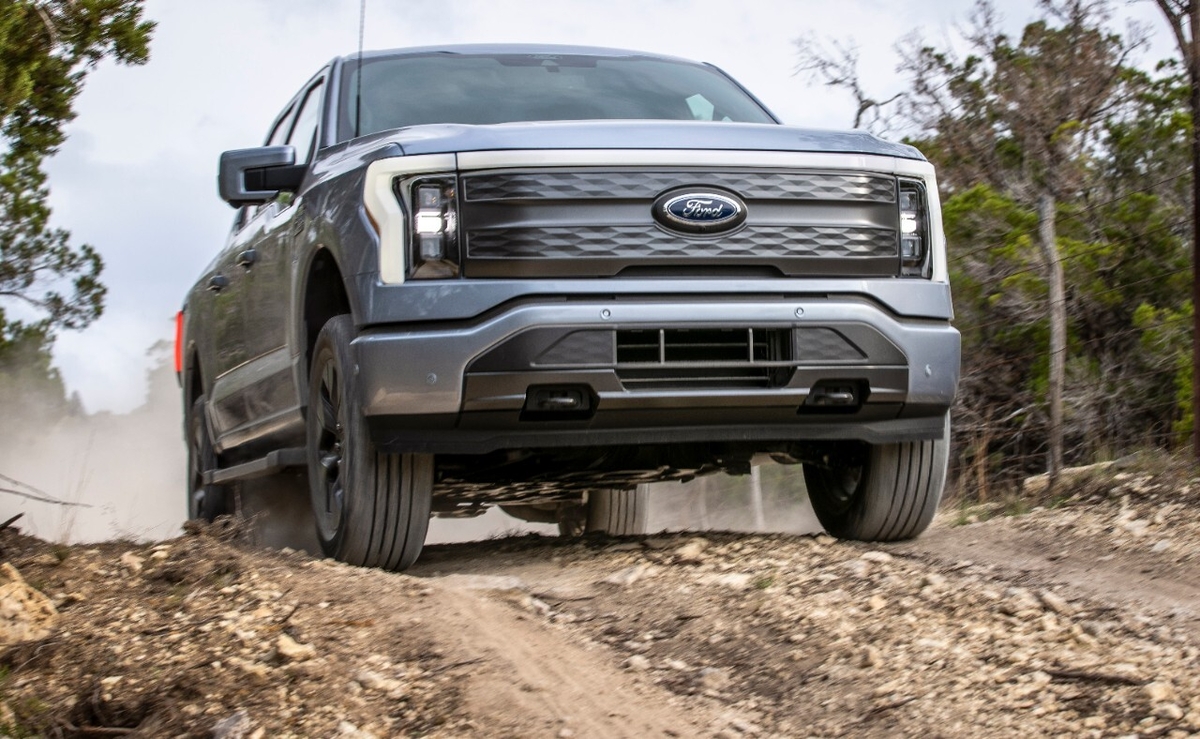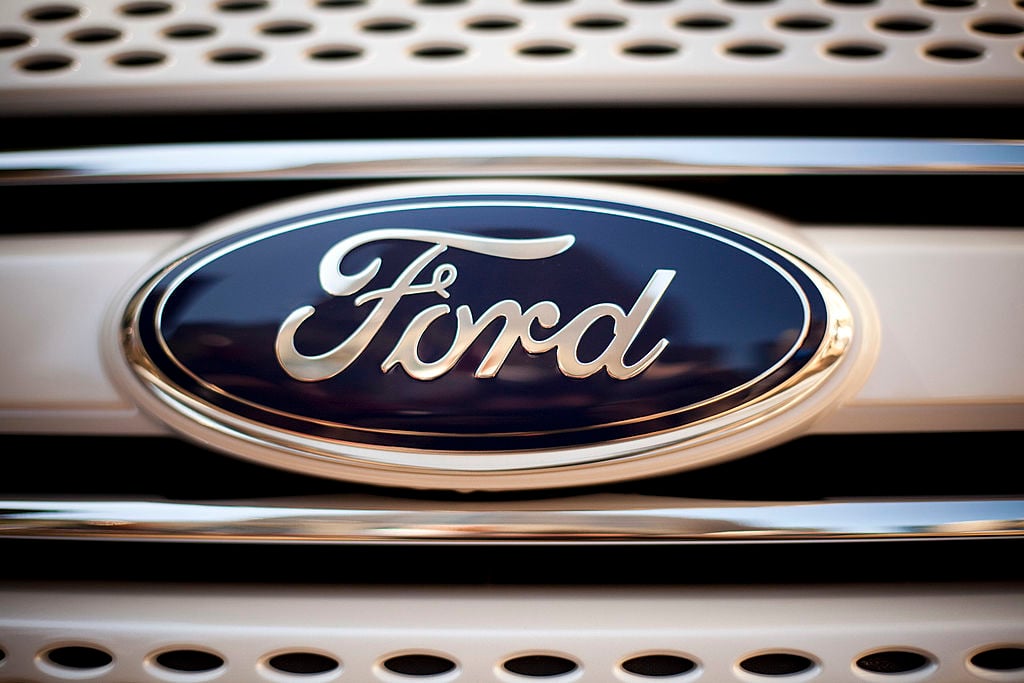A company with an erratic founder, significant direct report turnover that includes key executives, careening cash levels, and questionable strategy would usually trigger investors' alarm bells. Tesla (TSLA 0.32%) CEO Elon Musk has adroitly deflected these concerns with bold reiterations of Tesla's future prospects, and his contention that concerning items in annual and quarterly reports are one-offs. But company fundamentals indicate they aren't. Worse, Tesla's cool factor and novelty may be about to run out.

As competition enters the market, Tesla's EVs won't be alone on the road much longer.
Competition from all sides
Tesla has dominated the U.S. EV market in the 11 years since it created that market. And thus far, Tesla's been the biggest occupant in a largely empty space. That's about to change.
The definitive wave of EVs from major players will hit the U.S. in 2020. They're cheaper than Teslas, often offer similar performance, and range from inexpensive compact entrants, to seven-passenger people-haulers, to a pickup truck. And these mass-market offerings are accompanied by pricier, sexier entrants from Europe's most esteemed automakers, with histories (unlike Tesla) of delivering on time.
Cheaper models include a pared-down Mini Cooper and the eagerly awaited 2020 Ford (F 0.43%) Bronco Scout, both under $30,000. And Volvo designed the Polestar to eat away at the Model 3 market, which comprises the bulk of Tesla sales.
Serious threats on the high-end side include Mercedes's (DDAIF 2.02%) launch of the Holy Grail for upscale, eco-minded families: a minivan. Porsche (POAHY 0.89%) is throwing in an EV SUV alongside its Turbo Taycan sports car. Even Aston Martin's getting in on the game, with a $200,000-plus EV.
And suddenly, just like that, Tesla's facing a slew of worthy competitors for every vehicle in its lineup – and ceding first-mover status on the body types it hasn't launched yet.
The timing couldn't be worse
So what's next for Tesla as it loses the benefit from first-mover status? Growing pains, it would appear. Tesla swapped out the niche luxury market for the mass market in 2018 with the launch of the $35,000 Model 3. A Tesla purchase at that price was irresistible but not sustainable, it turns out, due to production delays and higher-than-anticipated costs.
The company launched a new pricing model in April that pared back premium features on the Standard T3 at a $38,000 price. The company was trying to steer drivers to more expensive T3 models with premium features, such as the fully loaded Standard Plus at $51,200, and the fully loaded Long Range at $61,2000. It's not clear yet how irresistible the Model 3 will be at the more profitable price points. With the Model 3 comprising 93.5% of Tesla sales in 1Q19 and 80.8% of Tesla sales in Q2 2019, that's an enormous question. .
Musk has reaffirmed Tesla's guidance of 360,000-400,000 total vehicle deliveries in 2019, but softening sales argue against it. By InsideEV's calculation, sales have slowed. A lot. Tesla's first-half 2019 deliveries figure of 158,714 would include InsideEV's estimate of June deliveries of 21,225. By those same estimates, things turned ugly in July and August, with deliveries of 13,450 and 13,150, respectively. If these figures hold up, then Tesla will have to deliver at least 174,687 cars in the back half of 2019, including the pricier and more profitable QS and QX. That could be challenging. In late September, Musk told employees that the company "has a shot" at delivering 100,000 Tesla vehicles in Q3. But given his past statements, we'll wait and see whether that proves true.
The Model 3 has proven a costly car
Tesla's already paid dearly for the Model 3. As Model 3 sales dropped and a too-low price point reduced its profits, the company lost a combined $1.11 billion in the first half of 2019. Tesla has cut costs aggressively, by shuttering stores, taking sales online, and reducing financial allocations to various divisions to boost cash flow. It turned to public markets for capital, but the $2.4 billion Tesla raised may not be enough. That capital infusion wasn't the "contingency buffer" Musk had said it would be. It was a last-ditch effort to counteract a burn rate that would level the company otherwise. according to a staff memo leaked to the EV news site Electrek.
When Tesla announces Q3 results, investors will have better chance to gauge Tesla's immediate future and decide whether it's earned a continued investment That assessment won't be easy. Investors have always bought into what's next for Tesla, not what's now. In a newly crowded electric-vehicle market, those investors have one more factor to consider.









